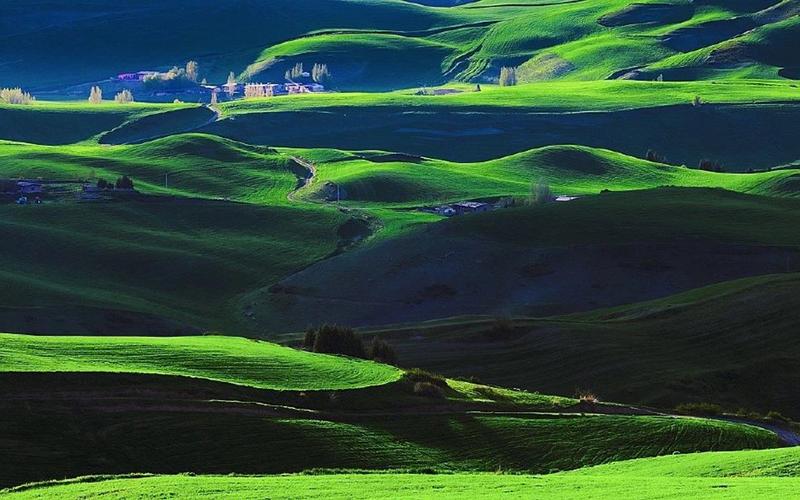Mass Culture versus Popular Culture: Why Understanding the Difference Matters
In today’s world, the terms “mass culture” and “popular culture” are often used interchangeably, but they are not the same thing. While both refer to the cultural products and practices that are widely consumed, understanding the difference between them is crucial. Mass culture often gets a bad rap, being criticized for its perceived lack of quality and conformity. On the other hand, popular culture is often celebrated for its ability to bring people together and reflect the Zeitgeist. In this article, we will explore the differences between mass culture and popular culture and why it is essential to have an understanding of these concepts.
Understanding Mass Culture
Mass culture refers to the products and practices of culture that are made by corporations or organizations with the primary goal of making a profit. These products and practices are mass-produced and aimed at a large audience. Examples of mass culture include reality TV shows, blockbuster movies, and pop music. While mass culture has often been criticized for being formulaic and lacking in quality, it is undeniable that it holds significant cultural power. This power comes from its ability to reach and influence a vast audience.
One of the essential characteristics of mass culture is its homogeneity. For example, pop music is designed to appeal to a broad range of people, and as a result, it has a particular sound, style, and structure that is easily recognizable. Mass culture is also frequently associated with the standardization of taste, as it often relies on formulaic approaches to appeal to the masses.
Understanding Popular Culture
Popular culture, on the other hand, is made up of the products and practices that are created by people and communities themselves. It includes things like slang, memes, fashion, and hobbies. Popular culture often reflects the interests and values of specific groups and subcultures. This makes it an essential part of cultural identity and used to help people connect with others who share similar tastes and perspectives.
Popular culture is often celebrated for its ability to connect people and bring them together. For example, when a popular song or meme goes viral, it generates a shared experience for a vast number of people. Popular culture is often diverse, and it embraces a wide range of tastes and styles. This diversity is a reflection of the heterogeneity of people and communities themselves.
Why Understanding the Difference is Important
Understanding the difference between mass culture and popular culture is important for several reasons. Firstly, it allows us to be more critical of the cultural products and practices that we consume. If we understand that mass culture is often created with the primary goal of making a profit, we can be more critical of the messages and values that it promotes. Likewise, if we understand that popular culture is a reflection of specific communities and subcultures, we can appreciate it for the diversity that it represents.
Secondly, understanding the difference between the two can help us to create more meaningful connections with others. If we have a better understanding of the cultural practices that are important to others, we can engage in more meaningful conversations and interactions. This can foster a sense of shared community and belonging.
Finally, understanding the difference between mass culture and popular culture can help us to appreciate the complexity of contemporary culture. While there is often a tendency to view culture as a product that can be easily consumed, it is much more complex than that. Culture is made up of a range of practices, products, and experiences that cannot be easily categorized or commodified. By understanding the differences between mass and popular culture, we can get a better understanding of the complexity and richness of the cultural landscape.
Conclusion
In conclusion, understanding the difference between mass culture and popular culture is crucial. While mass culture and popular culture are often used interchangeably, they represent two distinct cultural phenomena. While mass culture is often associated with homogeneity and conformity, it holds significant cultural power due to its ability to reach a vast audience. On the other hand, popular culture is often diverse and reflects the interests and values of specific communities and subcultures. By understanding the differences between the two, we can be more critical of the cultural products and practices that we consume, create meaningful connections with others, and appreciate the complexities of contemporary culture.
(Note: Do you have knowledge or insights to share? Unlock new opportunities and expand your reach by joining our authors team. Click Registration to join us and share your expertise with our readers.)
Speech tips:
Please note that any statements involving politics will not be approved.
